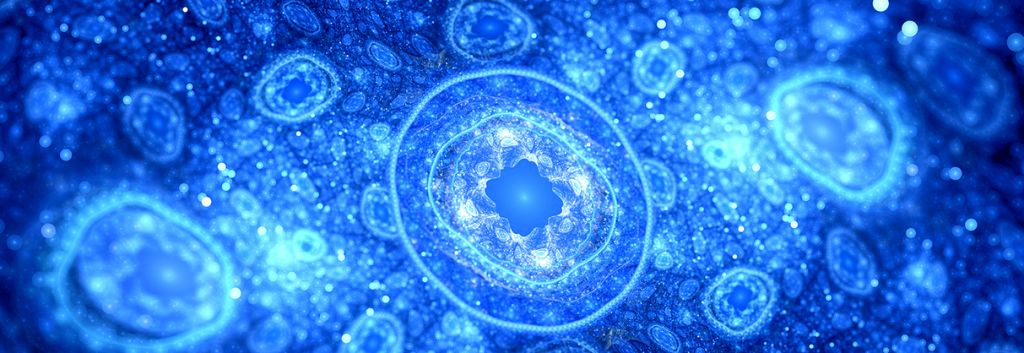Induced pluripotent stem cells were discovered back in 2006. Since then, they have become a valuable new source of pluripotent cells for research and therapy. And thanks to gene editing technologies, researchers can induce a single mutation in those cells for a broad range of applications. However, the main challenge is the proliferation of a single-cell with the desired mutation. But we have a little something to improve it!
Promoting the survival and proliferation of genetically engineered induced Pluripotent Stem Cells (iPSCs) at the single-cell level is critical for their expansion into a colony.
Traditionally, stem cell culture has utilized a second type of cells called ‘Feeder cells’. These cells provide a collection of factors that allows stem cells to preserve their properties. But this method presents issues e.g. contamination, heterogeneous cultures and a heavy workload.
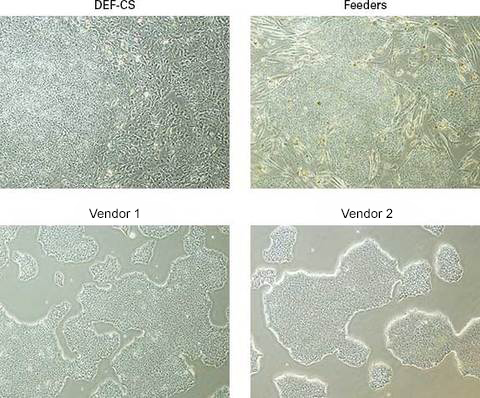
A solution?
One solution that has shown great results is the Feeder-free culture media brought by Takara Bio. This is a part of the Cellartis DEF-CS 500 Culture System, which besides the media, also contains a coating substrate and additives.
To demonstrate its efficiency for single cell cloning, it has been compared to two competitors culture media. As illustrations speak more than words, here are some statistical results:
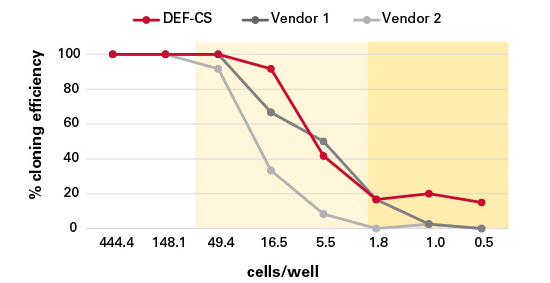
First, this system allows an establishment of Robust Colonies after Single-cell seeding. As shown in the graph above, for a great quantity of cells per well, the efficiency is equal but with 1 or less cells per well, only the DEF-CS shows significant results.
To validate those results, the company also tried this experiment with other cell lines, which are more robust. But once again, DEF-CS provided better efficiency…
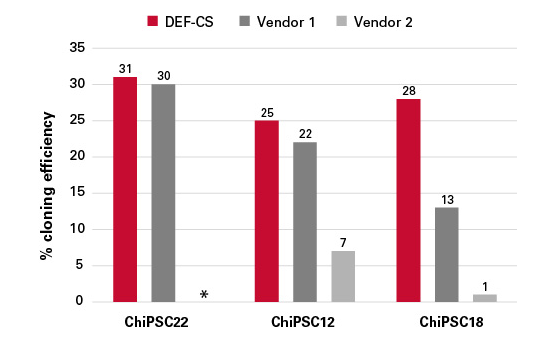
Another point is the assessment of pluripotency of the single cell-derived cell population. This crucial characteristic has been determined by expression of two proteins (TRA-1-60 and SSEA-4), which are present only in pluripotent stem cells.
As shown on the graph below, all results are better with DEF-CS media.
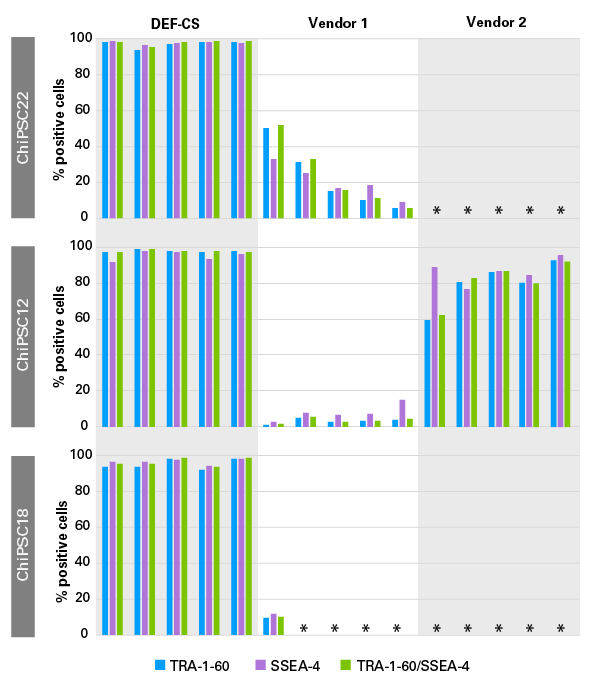
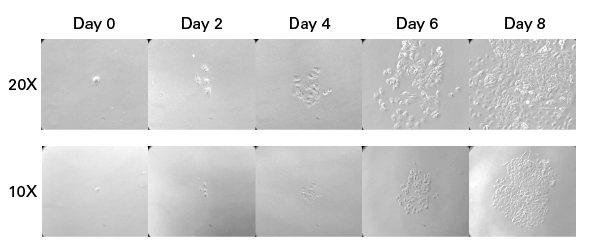
To give you the choice and flexibility, Takara Bio adapts itself to your demand. Besides offering Cellartis DEF-CS 500 Culture System and pluripotent stem cell lines, they also offer a variety of Services ranging from sourcing, reprogramming and banking of cell lines to different quality control methods.
If you are interested to find out more on these products and procedures, Takara Bio has planned a free webinar in October. Click below to register:

For more information about Takara Bio, visit their website HERE
Feature Image Credit: Blue Glowing Cells Fractal ©sakkmesterke (BigStock ID83259515)




